In the contemporary business landscape, Huawei, pronounced as “Wa-Wei,” emerges as an epitome of rapid growth and success. Navigating the realm of technology and innovation, Huawei has firmly established itself among the elite echelons of smartphone giants, sharing the stage with global titans like Apple and Samsung. However, Huawei’s journey to prominence has been a meticulously crafted odyssey, forged through years of strategic planning and dedication.
This comprehensive case study serves as an immersive exploration, peering into the very essence of Huawei as an enterprise. It delves into the intricacies of the company’s marketing mix, offering insights into the strategic orchestration that propels Huawei’s ascendancy. Furthermore, the study encompasses a close examination of marketing strategy of Huawei, dissecting the tactics it employs to capture hearts and markets. To deepen our understanding, we shall embark on an in-depth analysis of Huawei’s strengths, weaknesses, opportunities, and threats (SWOT analysis).
Embark on this journey to unearth the captivating tale of Huawei’s marketing prowess – a narrative woven with innovation, strategy, and resounding success.
About Huawei

Rooted as a privately held entity in Shenzhen, China, Huawei emerged under the visionary leadership of Ren Zhengfei, a former soldier in the People’s Liberation Army, igniting its inception in 1987.
Cultivating its evolution over three transformative decades, Huawei’s meteoric rise positions it as a global juggernaut, fearlessly challenging industry giants such as Apple, Samsung, and Google.
In the year 2020, Huawei stands adorned with a workforce exceeding 194,000 individuals, extending its reach across more than 170 countries and territories, rendering services to an impressive three billion souls.
At the core of Huawei’s endeavors lies a dynamic spectrum of communication-related products and services. Serving as a colossal purveyor of communication networks, telecom equipment, and intelligent devices, Huawei proudly claims its stature as one of China’s eminent global icons.
Championing a noble mission, Huawei ardently aspires “To bring digital to every person, home, and organization for a fully connected, intelligent world.”
Now, with an enriched understanding of the company’s essence, our voyage leads us into the heart of Huawei’s marketing realm, where we shall navigate through the intricacies of the marketing strategy of Huawei in the subsequent section.
What’s New with Huawei?
China’s Huawei Technologies has recently introduced a new lineup of smartphones that has captured global interest. These devices incorporate technology that suggests the company’s ability to navigate U.S. sanctions successfully, positioning it as a potential competitor to Apple.
Towards the end of August, Huawei revealed its Mate 60 and Mate 60 Pro models. Building on this, the company launched two additional smartphones, the Mate X5 (an updated foldable phone) and the Mate 60 Pro+. Remarkably, the starting price for the Mate 60 begins at 5,999 yuan ($817.70), aligning with the cost of Apple’s iPhone 14 in the Chinese market.
Buyer’s Persona of Huawei
Before we dive into the Marketing Mix of Huawei, let us take a look at the Buyer’s Persona of Mr. Krunal Mehta – an IT consultant from Mumbai.

Buyer’s Persona
Name:
Krunal Mehta
Location:
Mumbai
Age:
38 years
Profession:
IT Consultant
Motivation
- Convenient online shopping.
- Quick and efficient order processing.
- Access to cutting-edge technology.
- High-quality electronic products.
Interests & Hobbies
- Reading tech blogs.
- Playing Cricket.
- Listening to electronic music.
- Engaging on LinkedIn.
Pain Points
- Inadequate product information on tech specifications.
- Website latency and checkout delays.
- Challenges in finding the latest Huawei products.
- Ensuring product availability and stock updates.
Social Media Presence
Marketing Mix of Huawei
Marketing mix is an integrated marketing model based on 4Ps: Product, Price, Place, and Promotion. This model helps us to get an overall view of the business and the strategies that it uses to promote itself and sell its offerings to the public.
Let us understand the Marketing Strategy of Huawei in the coming section
Product Strategy of Huawei
Being a leading technological company, it is giving tough competition to popular and well-established business leaders like Apple and Samsung. However, its business is highly diversified into various segments related to communications, designed to cater for the needs of different individuals, enterprises and government agencies.
The three primary business segments of Huawei include:
- Carrier business
- Consumer business
- Enterprise business
Consumer business generates the largest revenue for Huawei. It includes selling smartphones, home appliances, wearable devices and tablets to consumers and businesses.

The enterprise business segment of Huawei, on the other hand, uses digital infrastructure platforms by using ICT technologies that help different sectors and industries digitize their businesses.

The carrier business generates the second-largest revenue. It comprises a different range of products, services and business solutions like wireless network, fixed network, cloud core network, carrier software, IT infrastructure, etc. So this is how Huawei’s product strategy is lined up.
Price Strategy of Huawei
Being among the leading smartphone brands in the world, Huawei has adopted a competitive pricing strategy which has helped them create a strong base of middle-class customers helping them reach millions of users. They also target the higher and lower ends with different range of products.
Talking about its carrier and enterprise businesses, the pricing strategy revolves around the industry standards & contractual terms and it is an important marketing strategy of Huawei.
Place & Distribution Strategy of Huawei
Huawei is mainly in the business of selling smart devices, smartphones and telecom related products across the globe as far as its consumer business is concerned.
It has its products available in more than 170 countries and uses e-commerce as the main channel for selling products globally.

This illustrates how Huawei is skillfully planning its placement and distribution strategy to effectively connect with both current and new customers.
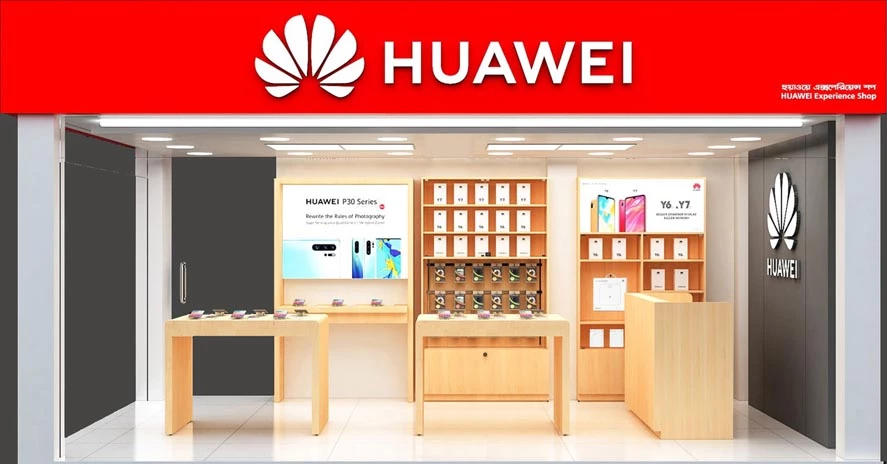
Promotion Strategy of Huawei
Huawei uses both channels, the digital method and the traditional method for marketing purposes. As in digital marketing, the core The Marketing Strategy of Huawei is to use different social networks and websites which include Facebook, Twitter, Google etc. to promote their various products.
The company has also partnered with several small and big organizations as a part of its marketing strategy and also uses brand influencers to promote its products across the globe.
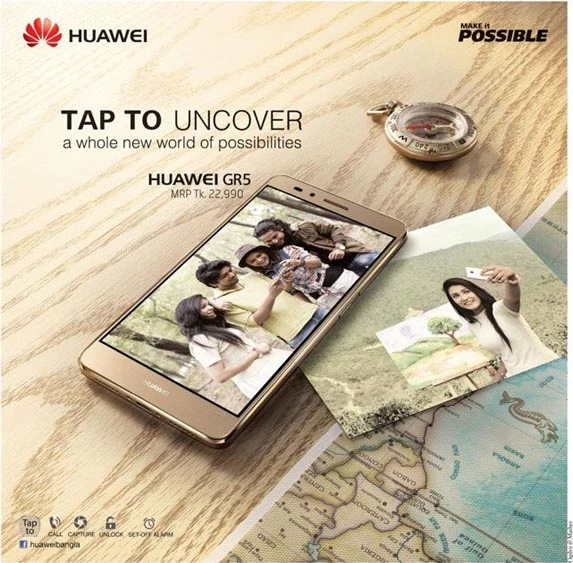
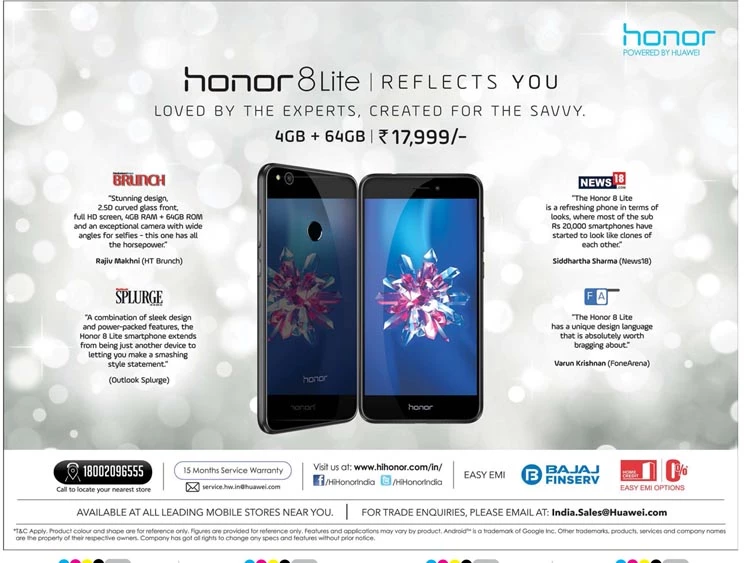
Here’s how Huawei is smartly arranging its products and distribution plan to reach as many of its current and new customers as possible.
Marketing Strategy of Huawei
Over its years of existence, Huawei has steadily navigated the industry landscape. However, a noticeable shift appears underway as the brand appears to be doubling down on refining its marketing strategy. While not yet acclaimed for an impeccably polished approach, Huawei’s concerted efforts seem increasingly focused on elevating its marketing strategy of Huawei to a central role in its operations.
Here is a look on the marketing strategy of Huawei which has been implemented over the year to promote itself and its products.
Brand Ambassador Strategy of Huawei
In the past, Huawei collaborated with celebrities to promote their devices. This partnership allowed celebrities to promote their phones and other products through various social media networks. Since A-list celebrities have a massive fanbase, collaborations with them can guarantee a boost in brand awareness.
It has collaborated with various popular celebrities like football stars Lionel Messi, Antoine Griezmann, Hollywood Actress Gal Gadot and Saina Nehwal in India.
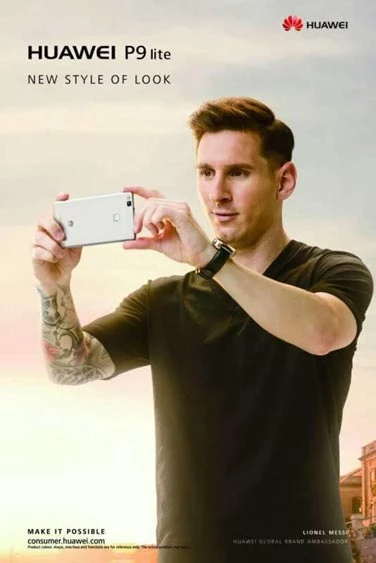

Product Display Strategy of Huawei
The Marketing Strategy of Huawei of showcasing new products on the large-scale exhibition. It’s no secret that introducing new products in large-scale exhibitions could help in building awareness widely.
Huawei has led a number of activities and joint exhibitions. During such events, the company also engaged with industry partners and experts to demonstrates the innovations and future trends in the mobile industry.

Let us go through some of the advertising campaigns of Huawei in the coming section.
Marketing & Advertising Campaigns of Huawei
Huawei has created and conducted both single and multi-channel marketing campaigns. With an increasing number of people using their mobile devices to surf the Internet, it became an ideal target market for advertising purpose.
It has used popular celebrities like Henry Cavill, Scarlett Johansson, Lionel Messi and Gal Gadot in their advertising as a strategy to promote their brand at country and global levels.
Launch of Huawei P9 – Marketing Campaign of Huawei
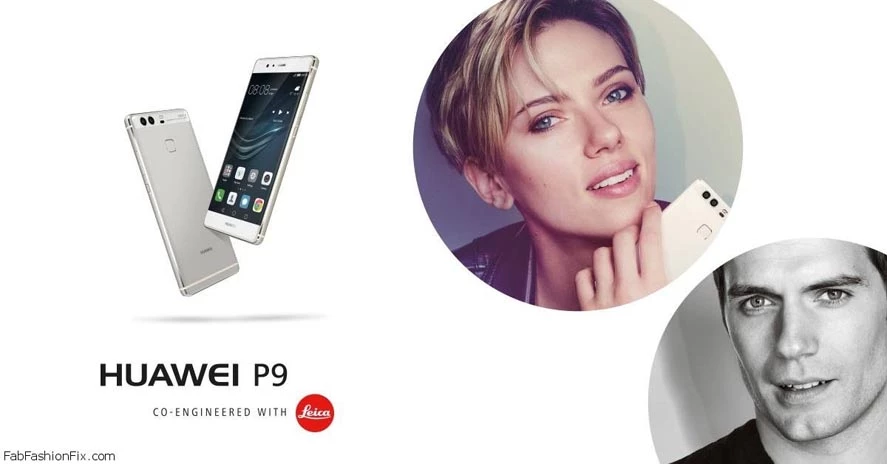
This advertising campaign was released in 2016. It was a teaser campaign for its P9 and P9 Plus smartphone, starring Henry Cavill and Scarlett Johansson went on to become very successful.
In the ad film, while Henry Cavill represented the monochrome features of the camera, Scarlett Johansson represented its colourful features.
Best Wei – A Marketing Campaign of Huawei
Huawei first focused on building brand awareness. For the same, they first embraced local markets and created content in order to create the hype. It also collaborated with the Malaysian rock band Bunkface for the campaign.
They used the local slang of Malaysians in this campaign which brought together creative content, local talents, and media platforms to engage with its target audience. In 2016, the company won Gold at the Marketing Excellence Awards.

Top Competitors of Huawei
Huawei faced competition from several prominent competitors in the technology and telecommunications industries. Here are some of the top competitors of Huawei:
-
Samsung: Samsung Electronics is a major competitor to Huawei in the global smartphone market. The two companies have been vying for dominance in terms of smartphone sales, innovation, and technology.
-
Apple: Apple Inc. is another significant rival, particularly in the premium smartphone segment. The rivalry between Huawei and Apple is often highlighted in terms of market share and technological advancements.
-
Xiaomi: Xiaomi Corporation, a Chinese electronics company, competes with Huawei in various product categories, including smartphones, smart home devices, and wearables. Xiaomi has been gaining market share in multiple regions.
-
Oppo and Vivo: Both Oppo and Vivo, also Chinese smartphone manufacturers, have been competing vigorously with Huawei, especially in the mid-range and budget smartphone markets.
-
Nokia : In the telecommunications equipment industry, Huawei faces competition from companies like Nokia. These companies provide infrastructure solutions and compete for contracts with telecom operators worldwide.
With this, the case study on Huawei comes to an end, let us now go through the final summary in the conclusion section.
Conclusion
Just five years ago, Huawei was relatively unknown to consumers, but today, it stands among the top three brands. Its remarkable ascent can be attributed to a combination of engaging corporate branding, effective marketing campaigns, strategic pricing, precise consumer targeting, and various other successful marketing initiatives.
Nevertheless, Huawei faces a significant challenge due to the impact of the political climate, which has adversely affected its reputation on multiple fronts.
Liked our work? Interested in learning further? Do check our website for more. Also, if you’re interested in Digital Marketing, you can check out our Free Digital Marketing Masterclass by Karan Shah.
Let us know your thoughts on this case study in the comment section down below. Thank you for reading, and if you liked our then do share this in your circle.

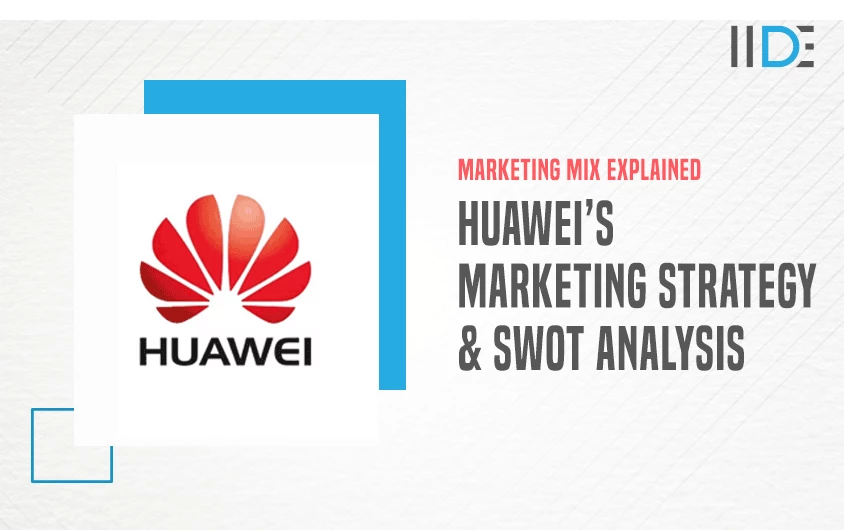
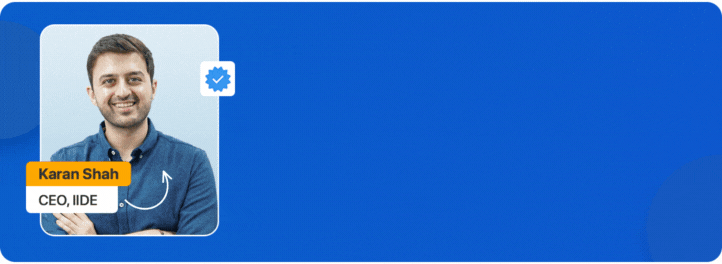

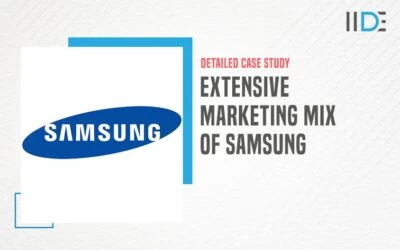
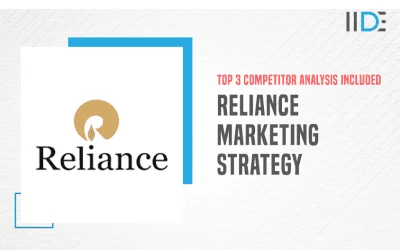
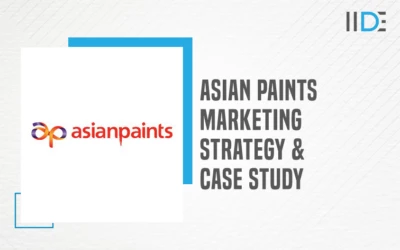
0 Comments